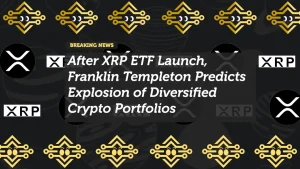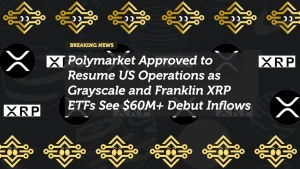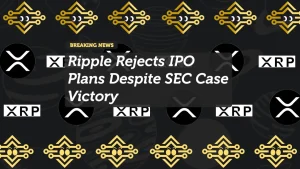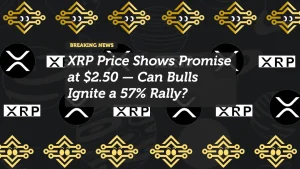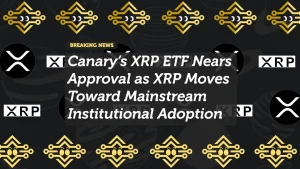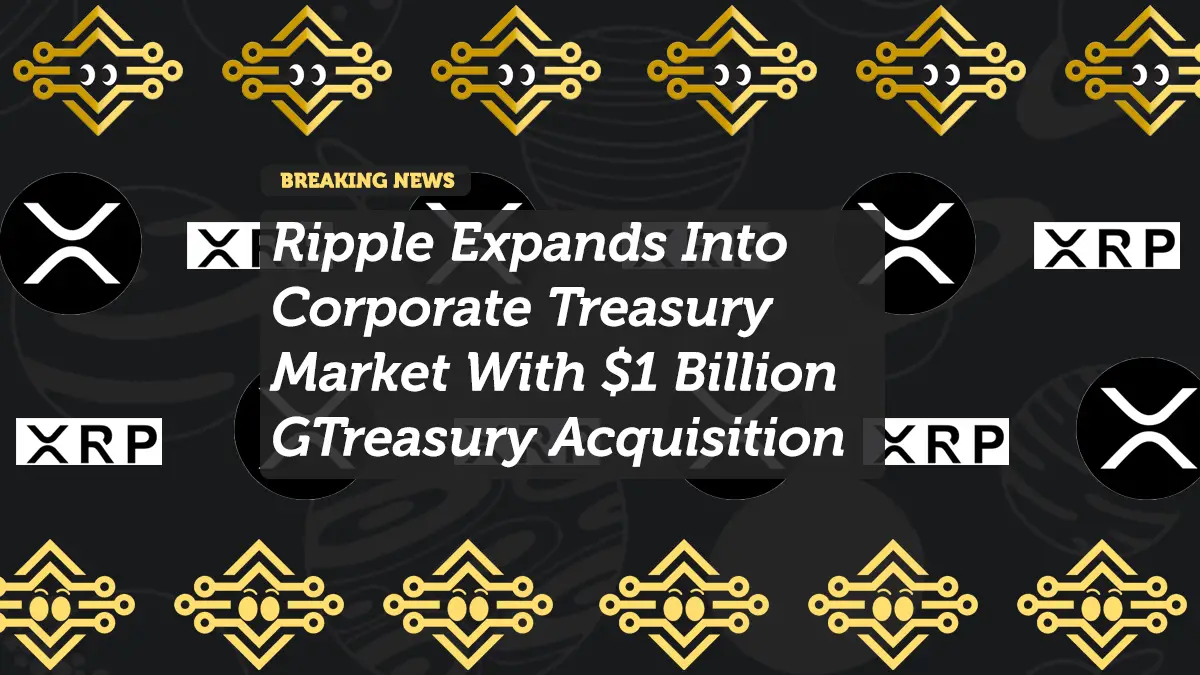
Ripple Expands Into Corporate Treasury Market With $1 Billion GTreasury Acquisition
Ripple, the blockchain payments giant best known for its XRP-powered cross-border settlement solutions, has announced a $1 billion acquisition of GTreasury, one of the world’s leading corporate liquidity and cash management platforms. The deal, revealed on October 10, marks Ripple’s most significant expansion into enterprise financial technology to date — and a decisive step toward becoming a full-spectrum liquidity and treasury management provider.
From Payments to Treasury Management
The acquisition will allow Ripple to integrate GTreasury’s well-established suite of treasury management tools with RippleNet and the XRP Ledger. GTreasury’s cloud-based platform currently serves over 800 multinational corporations, managing an estimated $50 trillion in annual transactions across banking, liquidity, and risk operations.
By combining GTreasury’s traditional finance infrastructure with Ripple’s blockchain and digital asset expertise, the companies aim to provide a next-generation treasury solution designed for an increasingly tokenized and 24/7 global economy.
“This acquisition marks a turning point for Ripple’s enterprise roadmap,” said Brad Garlinghouse, Ripple’s CEO. “Treasury teams need liquidity, visibility, and automation — and blockchain can now deliver all three.”
The Strategic Rationale: Bridging TradFi and DeFi
Ripple’s move reflects a broader industry trend: the convergence of traditional financial management and digital asset infrastructure.
Corporate treasurers are under growing pressure to manage multi-currency liquidity, integrate crypto holdings, and adapt to real-time settlement frameworks. Ripple aims to address this challenge by offering:
- Tokenized cash and liquidity tracking on the XRP Ledger
- Instant settlement and on-demand liquidity (ODL) across banking networks
- Smart contract-enabled risk management and forecasting
- Unified dashboards for fiat and digital asset positions
By merging GTreasury’s client network with Ripple’s blockchain rails, the combined entity will compete with established players like FIS, Kyriba, SAP Treasury, and Trovata.
Ripple’s Growing Institutional Footprint
The acquisition underscores Ripple’s ongoing pivot from consumer-facing payments to enterprise-grade financial infrastructure. The company has already launched Ripple Liquidity Hub, a platform designed to aggregate crypto and fiat liquidity for businesses, and continues to expand its On-Demand Liquidity (ODL) corridors across Asia, Europe, and Latin America.
Ripple’s entry into the treasury sector also aligns with its broader strategy to position XRP as a core liquidity instrument for institutional finance — extending its utility beyond remittances and cross-border transfers.
According to Monica Long, Ripple’s President, “This deal creates a new category — a blockchain-powered treasury network. It’s about helping CFOs and finance teams unlock idle liquidity, automate movement, and gain real-time transparency across all asset classes.”
Integration and Market Impact
GTreasury will continue to operate as a subsidiary under the Ripple Corporate Solutions division, with CEO Terry Beadle joining Ripple as Head of Treasury Services. The integration process is expected to be completed in early 2026, with pilot clients from both ecosystems already lined up for Q1 testing.
The partnership will introduce a suite of blockchain-enhanced features:
- Tokenized Liquidity Pools: Allowing firms to fractionalize and deploy idle capital across global operations
- Instant Reconciliation: Leveraging XRP Ledger transparency for automated cash reporting
- Cross-Border Liquidity Optimization: Using RippleNet rails to settle multi-currency transfers in seconds
“Ripple’s acquisition brings blockchain efficiency to a sector that still operates on legacy rails,” said Lisa Ellis, senior fintech analyst at MoffettNathanson. “Treasury departments are ripe for disruption, and this move could push competitors to accelerate their tokenization roadmaps.”
A $15 Trillion Market Opportunity
The global treasury management software market is valued at roughly $7 billion today, but the underlying liquidity and payments handled by corporate treasuries exceed $15 trillion daily. Ripple’s ability to embed blockchain into this workflow positions it to capture a slice of that enormous value chain.
Analysts note that the GTreasury acquisition gives Ripple direct access to thousands of institutional clients, including major airlines, energy companies, and Fortune 500 multinationals. These relationships could become a gateway for mainstream crypto adoption — starting with XRP-powered liquidity solutions.
Ripple’s Boldest Move Yet
The $1 billion GTreasury purchase follows Ripple’s recent foray into stablecoin issuance, real-world asset tokenization, and government-backed CBDC pilot programs. Together, these initiatives paint a picture of Ripple evolving into a multi-faceted fintech conglomerate, straddling both traditional and decentralized financial worlds.
“This is Ripple’s most aggressive strategic move since the launch of ODL,” said Michael Arrington, partner at Arrington XRP Capital. “It positions them directly in the heart of corporate finance — where trillions of dollars flow every day.”
The Bottom Line
With GTreasury under its wing, Ripple is now poised to become a major player not just in crypto payments but in the global liquidity and treasury management ecosystem.
The acquisition reflects a maturing crypto landscape — one where blockchain technology isn’t just a speculative tool but a core component of enterprise infrastructure.
If executed successfully, Ripple could redefine how companies move, store, and manage capital — all while giving XRP a powerful new use case in the institutional market.











